Catheter Ablation
A catheter ablation procedure, also known as a radiofrequency ablation, is a procedure typically performed after an electrophysiology (EP) study has identified a cardiac arrhythmia that is amenable to curative ablation.
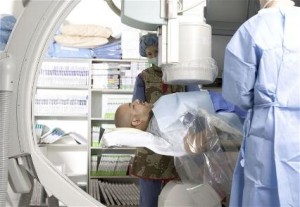
An electrophysiology study is a procedure performed to study the electrical system of your heart. As described in the “Normal Heart” section, the sinus node, located in the top right atrium, and fires an average of 60-90 times per minute. This electrical impulse leads to bi-atrial contraction and traverses the conduction system to the AV node, where it continues its course to the ventricles to lead to their synchronized contraction, with a resultant single heartbeat and ejection of blood to the rest of the body.
An arrhythmia, or heart rhythm disturbance, is any electrical disturbance that can occur in the heart, originating from either the upper atria or lower ventricles. This arrhythmia can be a bradyarrhythmia (slow heart rhythm) or tachyarrhythmia (fast heart rhythm). Your physician will assess your symptoms and attempt to capture this arrhythmia with an EKG monitoring modality, including a Holter or Event monitor and 12-lead EKG. If you have persistent symptoms despite medications, or an unclear diagnosis after an extensive workup for a symptomatic arrhythmia, your physician may refer you to a heart rhythm specialist for an electrophysiology study and possible catheter ablation.
When is ablation appropriate?
Patients with symptomatic arrhythmias and/or clearly documented arrhythmias are typically referred to a heart rhythm specialist for an EP study and possible catheter ablation. These patients include those with:
- symptomatic arrhythmias despite medications,
- intolerable side effects from medications prescribed for their arrhythmia and consequentially prefer a curative catheter ablation, or
- who prefer a curative catheter ablation first-line to avoid medications, or secondary to occupational risks (pilots, public servants – police, fireman, etc)
Catheter ablation for supraventricular tachycardias (SVT), or those that arise from the upper chambers, or atria, is, as a group, typically more successful and more often performed than for ventricular arrhythmias. These types of SVT include:
- Atrial fibrillation (AF)
- Atrial flutter
- AV nodal reentrant tachycardia (AVNRT)
- AV reciprocating tachycardia (AVRT)
- Atrial tachycardia (AT)
Catheter ablation for ventricular tachycardia (VT) is fundamentally more complex. Those patients with “focal” ventricular tachycardia with no evidence of structural heart disease (including the previously discussed outflow tract variants) can be ablated with a high-rate of success if they fail medical therapy. Patients with structural heart disease and “reentrant” ventricular tachycardia are a more challenging subset of patients. These patients typically have an ICD implanted and are referred to a heart rhythm specialist after failed antiarrhythmic therapy for recurrent ICD shocks. Catheter ablation of VT can be performed in these patients with success rates >50-70%. A careful discussion with your heart rhythm specialist to design a customized treatment plan is important.
Pre-Procedure Instructions
The day of the study, you will be asked to arrive to the hospital early in the morning, in a “fasting” state, with nothing to eat after the previous midnight. Your physician may also instruct you to discontinue certain medications (b-blockers, calcium channel blockers, or antiarrhythmicmedications) before the procedure. As well, you may need to have blood tests drawn several days before the procedure. Please consult with your physician if you are on coumadin or take insulin for diabetes. You will need to have someone drive you to the hospital and home after the procedure since you will be receiving sedation and will need to rest the affected leg or groin.
How is the procedure performed?
You will be brought to a special EP laboratory room and prepped with continuous monitoring devices that assess your blood pressure, pulse, EKG, and oxygen saturation throughout the procedure. As a safety precaution, a pair of large defibrillation pads will be placed on your back and chest and connected to an external cardiac defibrillator. It is rare to have to use the defibrillator during the procedure, but patient safety is paramount.
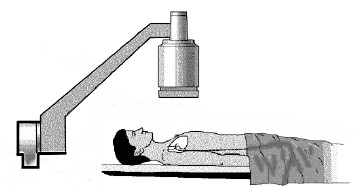
Figure 1. Illustration of the EP lab table the day of the procedure
Thereafter, your physician and nurses will administer intravenous sedation to help you to relax during the procedure (also known as conscious sedation). After infusing a local anesthetic (numbing) medication and sterilizing your groin, your heart rhythm specialist will place several catheters, typically via the groin or neck, into the heart under fluoroscopic, or X-ray, guidance. These catheters are placed in well-defined regions critical to the heart’s normal conduction system, such as the right atrium, His bundle, and the right ventricle.
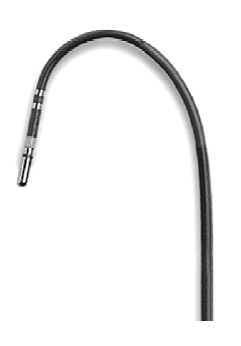
Figure 2. Image of a typical ablation catheter with a distal tip consisting of electrodes that can measure the electrical activity in the heart as well as deliver radiofrequency, or heat, energy to ablate cardiac arrhythmias.
In addition to allowing your heart rhythm specialist to measure the electrical activity in your heart, these intracardiac catheters will also allow him/her to perform pacing maneuvers in different cardiac chambers in an attempt to stimulate or elicit your clinical cardiac arrhythmia. If this is successful, your physician can electrically map the origin and mechanism of the arrhythmia.
Figure 3. Illustration of a typical EP study with catheters positioned typically near the SA node, the AV node/His Bundle, and the right ventricle. By performing pacing maneuvers with the catheters in position, your physician can determine if you have any evidence of conduction system disease. As well, your heart rhythm specialist can use the electrical signals obtained from these catheters to determine the origin of your arrhythmias during an EP study.
If your arrhythmia is amenable to catheter ablation, your physician will use specialized catheters that can deliver radiofrequency, or heat, energy from an externally connected generator to the local cardiac muscle tissue that is responsible for the initiation and perpetuation of your heart rhythm disturbance. In the case of a “reentrant” circuit, as discussed in the individual clinical arrhythmia sections, the delivery of radiofrequency energy to any part of the circuit can lead to successful termination of the tachycardia.
Figure 4. Illustration of catheter ablation of a reentrant rhythm. In this case, it is an accessory pathway contributing to the reentrant rhythm, atrioventricular reciprocating tachycardia (AVRT).
For “focal” tachycardias, whether ventricular or supraventricular, radiofrequency energy delivery is targeted to the focal site of earliest cardiac electrical activation as measured from the intracardiac catheters.
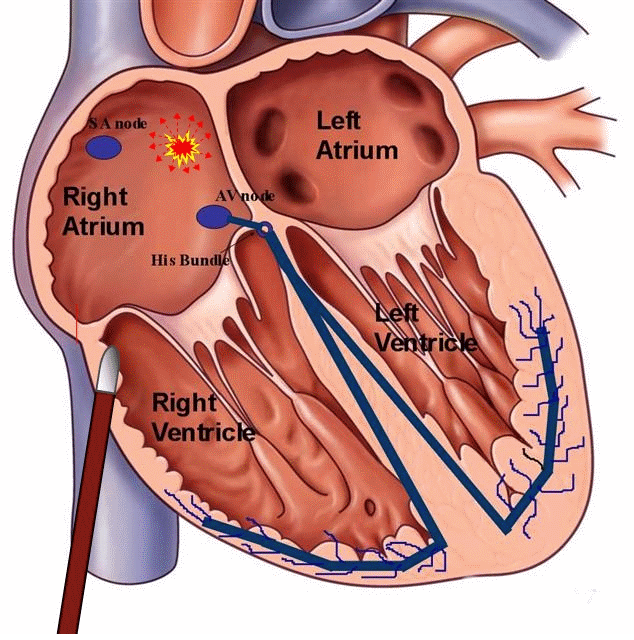
Figure 5. Animation of a catheter ablation procedure for a focal atrial tachycardia. Your heart rhythm specialist will electrically map the origin of your arrhythmia, and advance the intracardiac catheters within close proximity to the focal site of origin. Radiofrequency energy is delivered to this site with termination of the tachycardia and eradication of the irritable focus.
The delivery of radiofrequency energy to the cardiac muscle tissue leads to only local injury. The heart function is typically not affected by minimal and focally-directed ablation lesions. The success rate for curative catheter ablation for supraventricular tachycardias can be greater than 90%, thus eliminating the need for long-term therapy with medications or surgical intervention. For patients with an ICD and recurrent “reentrant” ventricular tachycardia, a catheter ablation procedure can successful reduce the frequency of VT and ICD-related shocks.
Newer catheter-based ablation strategies are being developed as technology improves. Catheter ablation with cryoablation, or “freezing”, is a widely accepted and clinically useful technology in the EP lab today. Future studies with other energy sources, including microwave ablation, cryo-ballooncatheters, laser, and focused-ultrasound are well underway.
Post-procedure, what to expect
Your recovery post-procedure is generally uneventful. The catheters are removed after the procedure, typically in the EP lab. You will be transferred to the hospital recovery area where you will be monitored until you are fully awake and chatting with your family and physician. You will typically be instructed to maintain your leg straight for at least 4-6 hours after the catheters are removed to limit the possibility of developing any bleeding from the catheter site and to allow for the incision site to heal. If the ablation procedure is successful and uneventful, you will typically be observed overnight and discharged the next morning.
Complications
The risk of undergoing a catheter ablation procedure is small, but, as with any invasive procedure, it is not risk-free. Your physician will discuss with you the following possible procedure-related complications:
- bleeding or local hematoma
- infection
- damage to the artery or veins at the site of the catheter placement
- damage to the heart or vascular structures requiring surgery or implantation of a pacemaker
- lung damage
- blood clots in the veins
- stroke, MI, or death
These risks are cumulatively typically 1% or less. Your heart rhythm specialist will review these risks with you in-depth on the day of your procedure.
Discharge instructions and care
Your heart rhythm specialist will discuss specific individualized recommendations in regard to your discharge care. The following are general recommendations:
- Limit heavy lifting or strenuous exertion for 4-5 days after your study
- You may shower after your return home the day of the procedure
- You may remove any dressing or bandages placed at the catheter site after you return home
- You may typically return to work in 1-2 day, as long as it does not involve heavy lifting or strenuous exertion
- Call your physician if your incision site (typically in the groin) appears to swell or become more painful
- It is normal to develop some bruising at the catheter site with a transition to a “black-and-blue appearance” – however, this should not become more painful or lead to increased swelling
- Follow-up with your physician in approximately 1 month for a clinic visit


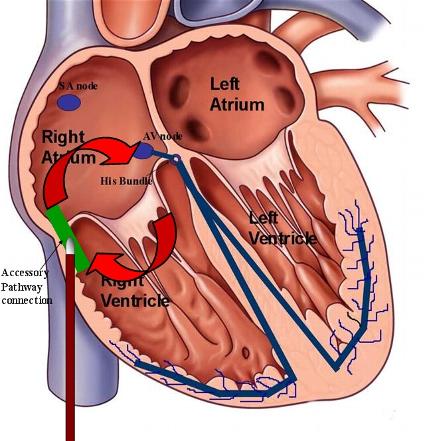




 Silver Spring Office
Silver Spring Office  DC Office (at Providence Hospital)
DC Office (at Providence Hospital)  Hagerstown Office
Hagerstown Office